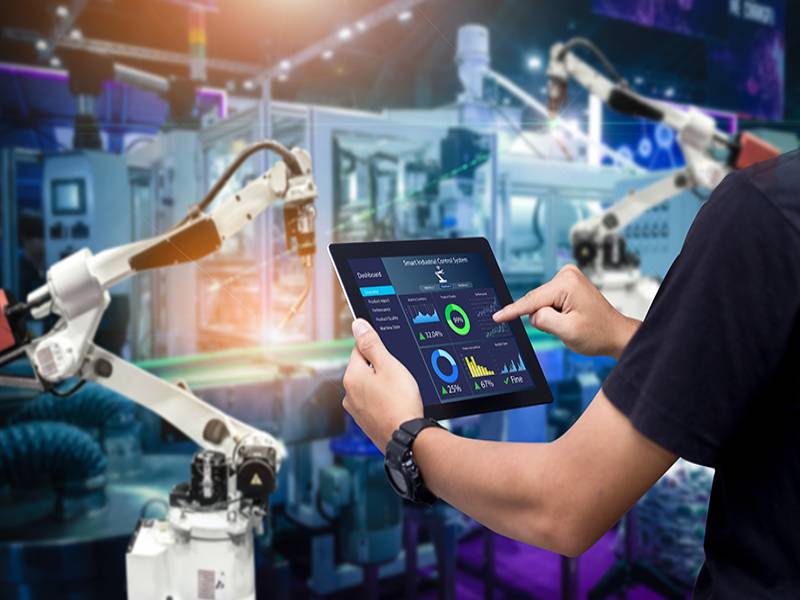Modern computing is going through a moment of change, and perhaps one of these major transformations is the interaction and growing integration between gadgets, which refers to electronic devices (smartphones, tablets, smart watches, among others) and widgets, which are related to software. Increasingly intelligent and connected to the network, these devices are changing the behavior of users, who are less passive and have more control over what they want and expect, and are starting to create high expectations in relation to interactivity and ease of access to information.
Research conducted in recent years by Gartner points to the birth and development of four forces that together give rise to “The Nexus of Forces”. These forces are: social media, mobility, cloud computing, and information. The convergence of these innovative and disruptive areas has directly contributed to change and the creation of new trends in the world of business, technology, and communication.
The integration of the 4 forces of IT
The digital convergence that these four forces promote is a clear movement for managers who are adept at new technologies. Understand how these areas, from their characteristics, are succeeding in changing the way people relate to technology.
Cloud Computing: Cloud computing solutions have increasingly become a good alternative for businesses seeking efficiency, flexibility, security, and dynamism. These advantages can give companies greater capacity for development and innovation in the creation of their products and services, thus offering a better and more enjoyable experience to users.

Social Media: Social media have transformed the way people communicate. Proof of this is that these networks have become one of the main showcases of promotion for companies seeking to reach a large number of users at the same time. By giving voice and space to the consumer, social media offer businesses something very valuable: information. As a result, the ability of corporations to act, and even react, becomes greater and more effective.
Information: Every day, millions of pieces of information are shared on the web. As mentioned above, most of the time this information is not produced, but rather evoked by the web users themselves. In addition, millions of data are also produced daily all over the world, which can represent a gold mine to be exploited through Big Data. Therefore, this is one of the areas that present the greatest potential for research and development, because through this data and information it is possible for companies to create personalized and effective actions towards the goals set.
Mobility: Mobility is a growing phenomenon in the society we live in. The 27th Annual Survey on Management and Use of Information Technology in Companies, released in April this year by the Getúlio Vargas Foundation of São Paulo (FGV-SP), showed a 9% growth compared to last year in the number of smartphones in Brazil. The installed base in the country currently has 168 million cell phones, against 152 million registered in 2015. This is a demonstration of the growth potential of mobile devices, which already represent the largest channel through which information is disseminated.
Nexus of Forces applied to business
The league that the four IT forces build can define the strategic positioning of companies in the market. Therefore, it is necessary to be aware of the power of transformation and the impact that this convergence between mobility, social media, information and cloud computing can have on business. What company would not like to have the benefits that the application of these forces brings, such as increased revenue, reduced costs, or compliance with compliance policies? The opportunities exist, and they are available to businesses that seek quality combined with innovation in the provision of products and services.
The digital transformation trends related to customer service are a great example of how together these four forces can really make a difference and generate results. This is because they can bring together information, mobility, cloud computing, and social computing to make companies’ relationships with their users more satisfying. Multi-channel services, customer service through voice recognition, positive impact on the relationship through wearable technologies (wearables), support for sales via video chat, and the development of increasingly complete applications that meet the needs of customers are some of the applications facilitated by digital convergence.
So, what is your opinion about the convergence between the four great IT forces? Is your company already enjoying the benefits offered by this interaction? Share your experiences with us.

